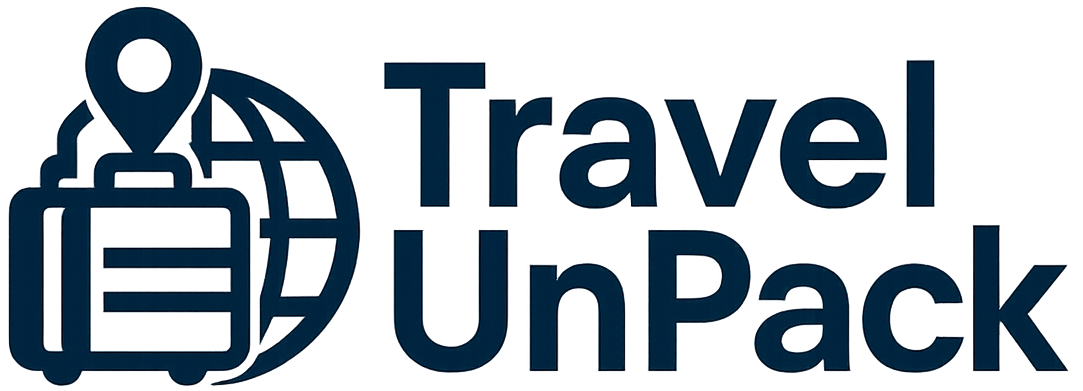Reverse Mentoring: How to Leverage the Knowledge of New Generations to Grow Professionally
Have you ever stopped to think that, in an increasingly dynamic job market.., those with more experience don't always have all the knowledge? Reverse mentoring is a powerful strategy that challenges the traditional hierarchy, allowing younger professionals to teach senior colleagues about new technologies, trends and behaviors. But how can it accelerate your growth and improve your intergenerational connection?
Imagine a 50-year-old executive learning about social media from a 20-year-old intern. Sound unusual? Well, it is precisely this exchange that is revolutionizing companies like PwC and General Electric. Reverse mentoring not only updates technical skills, but also strengthens the organizational culture, promoting collaboration and innovation.
In this article, we will explore how to implement this practice, the benefits for your career and tips for creating an effective program. Shall we get started?
What is reverse mentoring and why is it gaining ground?
Reverse mentoring reverses the traditional roles: instead of a senior professional mentoring a junior, the opposite happens. This model emerged in the late 1990s when Jack Welch, then CEO of General Electric, realized that his leaders were disconnected from technological changes. He created a program in which young people taught executives about the internet - and the results were surprising.
But why does this approach make sense today? We live in a world where new generations master digital tools, programming languages and consumer behavior that many veterans still don't understand. A younger professional can teach a more experienced colleague how to use LinkedIn for networking, explain the impact of TikTok on marketing or even introduce agile methodologies on a daily basis.
In addition, reverse mentoring breaks down hierarchical barriers. Instead of a one-way flow of knowledge, it creates a mutual exchange relationshipIt's a win-win situation for both sides. The junior mentor develops leadership and communication skills, while the senior mentee stays relevant in the market.
Companies like IBM have already adopted structured programs, reporting an increase in innovation and employee satisfaction. If you want to stay competitive, it might be time to consider this approach.
The benefits of reverse mentoring for your career
Why invest time in learning from someone less experienced? The answer lies in tangible and intangible gains that this practice offers. Firstly, it broadens your technical repertoire. If you're a manager who still relies on spreadsheets to analyze data, a junior mentor can introduce you to tools like Python or Power BI, saving you hours of manual work.
Another benefit is improved intergenerational communication. Each generation has its own values and ways of expressing themselves. A millennial or Gen Z can help a baby boomer understand the most appropriate language for remote meetings or how to engage multicultural teams. This avoids conflicts and increases productivity.
In addition, reverse mentoring strengthens your network of contacts. By connecting with younger professionals, you access new professional circles, discover emerging opportunities and even find partners for innovative projects.
Finally, there is developing intellectual humility. Recognizing that we don't know everything and being open to learning from anyone is one of the most valued skills in the 21st century. How about starting today?
How to implement a reverse mentoring program in your company (or in your career)
If you're convinced of the benefits, the next step is to put reverse mentoring into practice. But how do you do this in a structured way?
First, set clear objectives. What do you want to learn? It could be anything from mastering a new project management platform to better understanding digital culture. If it's in a company, align these objectives with the organizational goals.
Then, identify the right mentors. Look for younger professionals who have expertise in the areas you want to develop. It doesn't have to be someone from your team - it could be a colleague from another department or even an external contact.
Establish a flexible format. It can be a weekly meeting via videoconference, quick message exchanges or even face-to-face sessions. The important thing is to maintain consistency.
Finally, evaluate the results. After a few months, check whether you have really absorbed new knowledge and how it has impacted your work. If you're in a company, collect feedback from participants to adjust the program.
Companies like Microsoft already use reverse mentoring to train leaders in home office and diversity. Are you ready to give it a try?
Common challenges and how to overcome them
Like any innovative initiative, reverse mentoring can face resistance. One of the main obstacles is the professional ego. Some veterans are reluctant to learn from younger colleagues for fear of appearing "outdated". If this is the case for you, remember: nobody knows everythingThe willingness to learn is a sign of intelligence, not weakness.

Another challenge is lack of time. Senior professionals often have busy schedules, and younger people can feel intimidated about making commitments. The solution? Set fixed times and treat the sessions as a priority.
There is also the risk of misaligned expectations. If the junior mentor doesn't know how to explain concepts in a didactic way or the senior doesn't engage, the experience can be frustrating. To avoid this, set clear rules from the start and encourage patience on both sides.
Finally, the lack of recognition can demotivate mentors. If you're in a company, consider including reverse mentoring in the career development plan or even offering certificates. That way, everyone feels valued.
Real examples of successful reverse mentoring
To inspire your journey, here are some success stories:
In Procter & Gambleexecutives learned from young employees how to use social networks to engage consumers. The result? More authentic campaigns and a significant increase in digital ROI.
A L'Oréal implemented a program where junior mentors taught leaders about diversity and inclusion. This not only improved the organizational climate, but also drove innovations in products for different skin and hair types.
Even Santander Bank adopted reverse mentoring to digitize internal processes. Newer employees trained veterans in automation tools, reducing operating costs.
These examples show that, when applied well, reverse mentoring generates concrete results. How about looking to them for inspiration?
Tips for making the most of your reverse mentoring
If you've decided to embark on this experience, some strategies can boost your results:
1. Be curious - Ask questions, ask for practical examples and don't be afraid to step out of your comfort zone.
2. Set measurable goals - Want to learn how to use Canva? Set yourself one month to create your first professional post.
3. Share your knowledge too - Remember: it's a two-way street. While you learn about TikTok, you can teach about project management.
4. Document learning - Write down insights, record videos or create a progress diary. This helps to consolidate knowledge.
5. Keep an open mind - New generations have different views on work, leadership and personal balance. Listen without judgment.
The future of work requires collaboration between generations
Reverse mentoring isn't a fad - it's a need in a market where technology advances rapidly and technical skills become obsolete within a few years.
Professionals who embrace this practice stand out not only for their constant updating, but also for their ability to relate to diverse teams. In an increasingly connected world, this is an essential skill.
Have you ever thought about who could be your reverse mentor today? Perhaps the answer is closer than you think. How about starting a conversation with that colleague who has mastered Instagram or the new CRM system?
Professional growth is ageless - and knowledge can come from anywhere. Are you ready for this trip?



